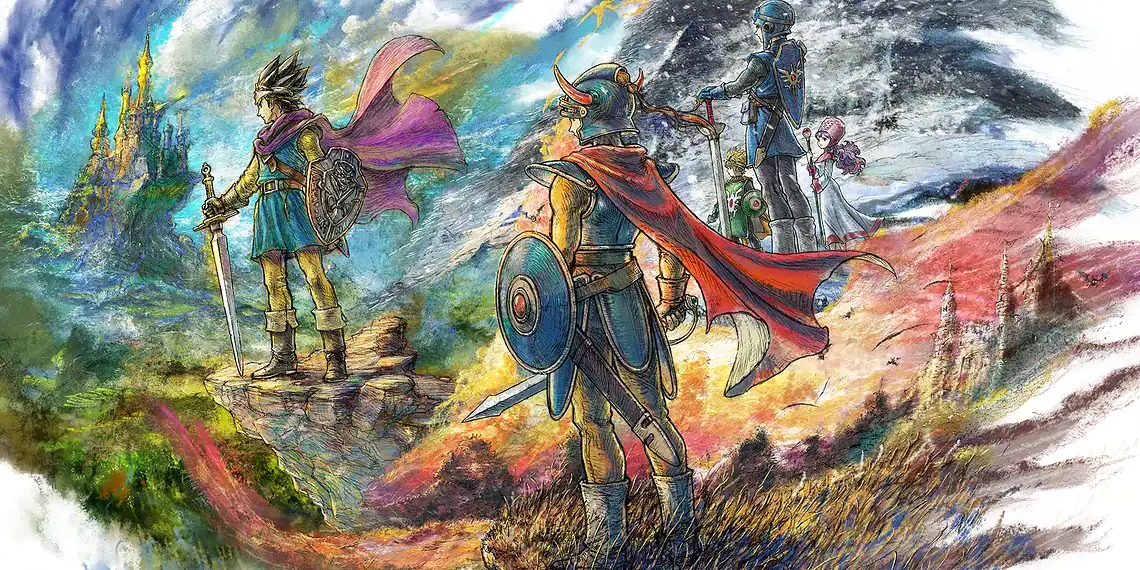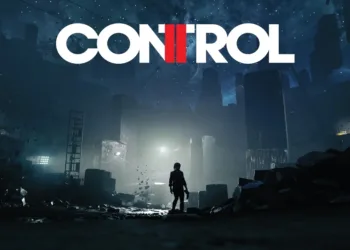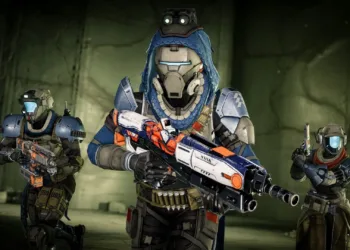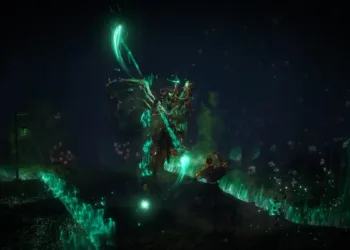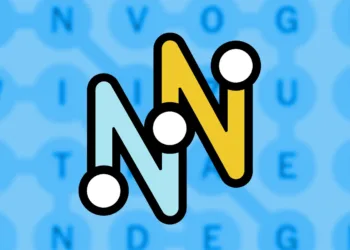The legendary Dragon Quest Erdrick Trilogy finally completes its HD-2D journey with the release of Dragon Quest I & II HD-2D Remake. Producer Masaaki Hayasaka sat down to discuss the trilogy’s completion, working alongside series creator Yuji Horii, and the bold creative decisions that transformed these 1986-1987 classics into modern masterpieces. Here’s what went into bringing these foundational RPGs back to life.
Table of Contents
Dragon Quest I & II Remake Quick Facts
| Detail | Information |
|---|---|
| Release Date | November 24, 2025 |
| Platforms | PS5, Xbox Series X/S, Switch, PC |
| Developer | Square Enix, ArtDink |
| Producer | Masaaki Hayasaka |
| Original Creator | Yuji Horii (series creator) |
| Visual Style | HD-2D (pixel art + 3D effects) |
| Key Addition | Expanded underwater realm |
Working with a Legend: Yuji Horii’s Involvement
Hayasaka revealed that Yuji Horii remained deeply involved throughout development, reviewing all new scenarios before implementation. The expanded storyline for antagonist Hargon—who previously lacked clear motivations—came from development team proposals that Horii approved and refined.
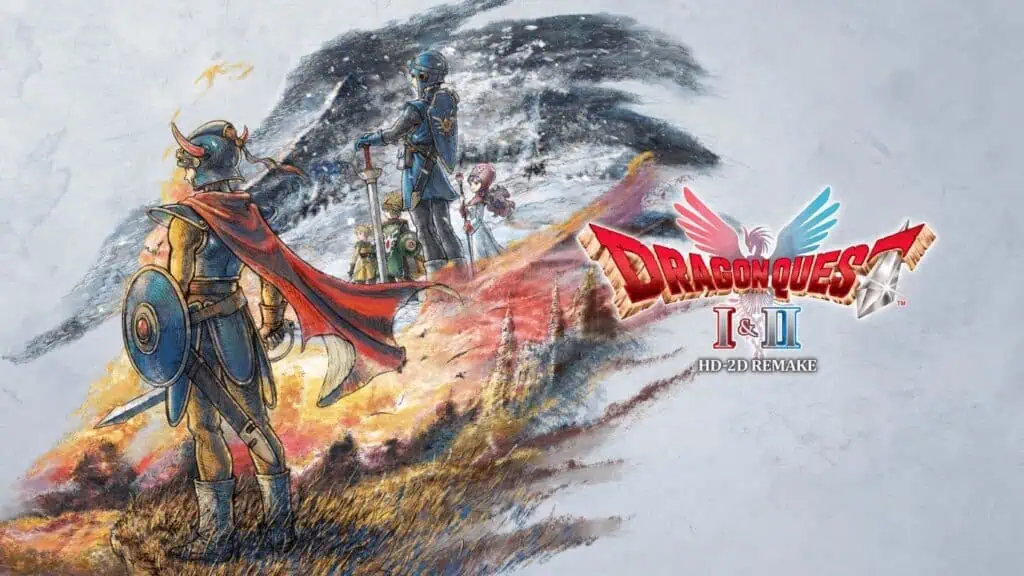
This collaborative approach ensured new content respected the original vision while addressing modern storytelling expectations. Hargon now has compelling reasons for his villainy beyond simply “being evil,” adding emotional depth that resonates with contemporary audiences.
Modernizing 1980s Game Design
When asked about updating these technologically limited classics, Hayasaka emphasized two critical areas: level design and scenario content. The originals suffered from sparse dungeons and minimal narrative due to hardware constraints.
The remake addresses this by incorporating modern Dragon Quest mechanics—abilities, spells, and combat systems from recent titles—while preserving the core challenge that made these games legendary. Field sizes were adjusted, dungeons expanded, and towns added to streamline progression without losing the original’s essence.
Combat Balance: Teaching Through Challenge
Dragon Quest I maintains its notorious difficulty spikes intentionally. As a solo journey from start to finish (unique among Dragon Quest titles), the game employs fundamentally different battle tactics than party-based entries.
Hayasaka explained: “We made balancing adjustments to ensure players could thoroughly experience this challenge that’s quintessential for Dragon Quest I from midgame onward.” The goal? Teaching players to strategically use debuffs, buffs, and resources rather than relying on brute force—preparation that pays dividends in the more complex Dragon Quest II.
The Underwater Expansion: Creative Problem-Solving
One of the remake’s standout additions is an entirely new underwater realm featuring mermaids and the mysterious Lorelei’s Harp. This wasn’t originally planned—when Yuji Horii requested a smaller overworld to reduce overwhelming vastness, the team faced a content volume problem.
The solution? Create a seabed area that leveraged existing ship and underwater dungeon elements from the original. This addition connects thematically to Dragon Quest XI’s rich mermaid lore, demonstrating how thoughtful expansion can enhance rather than overshadow classic experiences. Read more about this expansive underwater adventure.
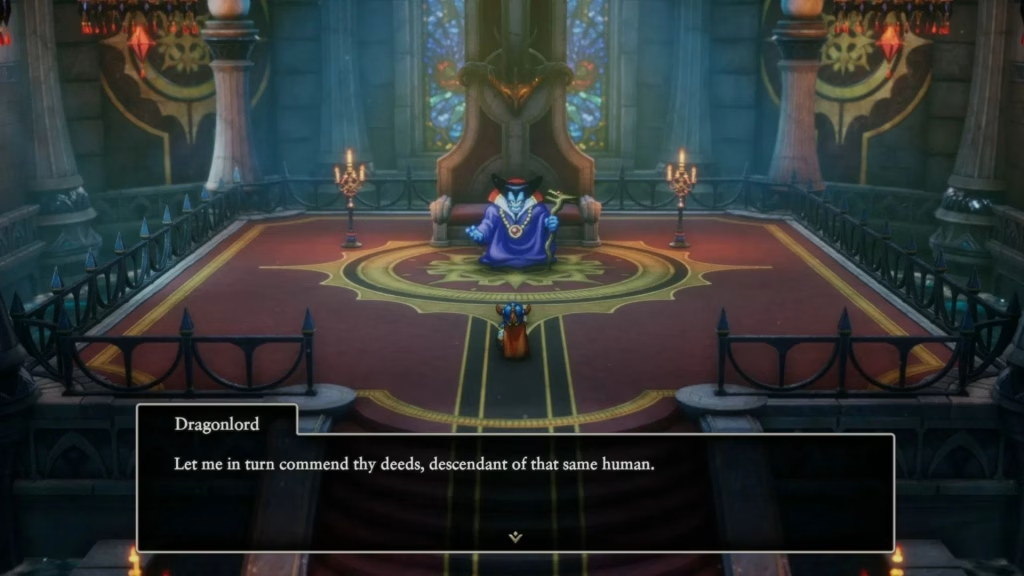
Character Development: Prince of Midenhall’s Balance
The Prince of Midenhall received significant combat upgrades—particularly new skills compensating for his inability to cast magic. However, he deliberately lacks powerful AOE attacks like Gigaslash.
Hayasaka’s design philosophy: “Giving him further AOE capabilities would make him too powerful and risk overshadowing other characters.” The director spread AOE roles across all four protagonists, ensuring everyone contributes meaningfully while maintaining the Prince’s identity as a physical powerhouse.
A Personal Journey Through Dragon Quest History
For Hayasaka, working on the Erdrick Trilogy transcended professional obligation. As someone who grew up playing Dragon Quest, collaborating with creator Yuji Horii on the series’ foundational games felt like “embarking on a grand Dragon Quest adventure.”
When asked about future remakes, he revealed his personal favorite: Dragon Quest VII, which he’s completed 4-5 times. Though a Dragon Quest VII remake is already in development, Hayasaka also expressed fondness for Dragon Quest Monsters: Terry’s Wonderland.
How to Watch Dragon Quest I & II Gameplay
Experience these remakes before purchasing through these official channels:
- Square Enix YouTube: Watch the official Dragon Quest channel for trailers, dev diaries, and gameplay showcases
- Twitch Streams: Search for “Dragon Quest I & II HD-2D” to see live playthroughs from content creators
- Official Website: Visit the Square Enix Dragon Quest portal for screenshots, feature breakdowns, and purchase options
Looking for more Square Enix coverage? Check our complete list of Square Enix games under development.
FAQs
Q: Do I need to play Dragon Quest III HD-2D Remake before playing I & II?
While the games can be enjoyed independently, playing in chronological story order (III → I → II) provides the richest narrative experience. Dragon Quest III serves as a prequel to I & II, and the remakes include story connections that reward sequential play. Both games are standalone purchases available now.
Q: Are Dragon Quest I & II sold separately or as one package?
They’re bundled as one package titled Dragon Quest I & II HD-2D Remake. You get both complete games with all new content, expanded scenarios, and quality-of-life improvements for a single purchase. This mirrors how the games were originally bundled on Super Famicom.

